Storting message Meld. St. 33 (2019-2020) is not good enough as a decision-making basis on initiation. There is a lack of LCA (Life Cycle Assessment), i.e. accounts of energy use and climate emissions during the construction period and in operation. The CO2 landfill outside Fedje is located under the wreck of U-864. It is very unfortunate, as the landfill will leak CO2 and increase the corrosion of the wreck.
Better alternatives to CCS
The Norwegian Environmental Protection Association believes that there are better, cheaper and more effective climate measures than CCS/artificial carbon storage. The solution is to reduce the amount of waste, sort plastics at source, take out organic waste and use it for compost or bio-oil. Cement production can be greatly reduced, as there are good substitutes for concrete from waste (iron and glass) that do not require huge amounts of energy in production.
The Norwegian Environmental Protection Association (NMF) believes that there is a general weakness in Stortingsmelding 33 (2019-2020). There is a lack of a full LCA (Life Cycle Analysis) on the project. The LCA must include all resource use and pollution/climate footprint and natural footprint from cradle to grave. NMF requires an exhaustive, openly available LCA that includes the entire burden from the construction and operation of the CCS facilities.
This may apply to extraction of metals/mining, fuel consumption, greenhouse gas emissions associated with construction work, use of concrete for production facilities and warehouses. Infrastructure for the construction of pipelines, energy consumption and greenhouse gas emissions associated with capture, cooling, storage, transport by car, reloading, transport by ship and pumping to reservoirs. In addition, all emissions associated with the drilling of new wells, uncertainty factors such as faulty drilling, collapse in the drill string etc. must be entered.
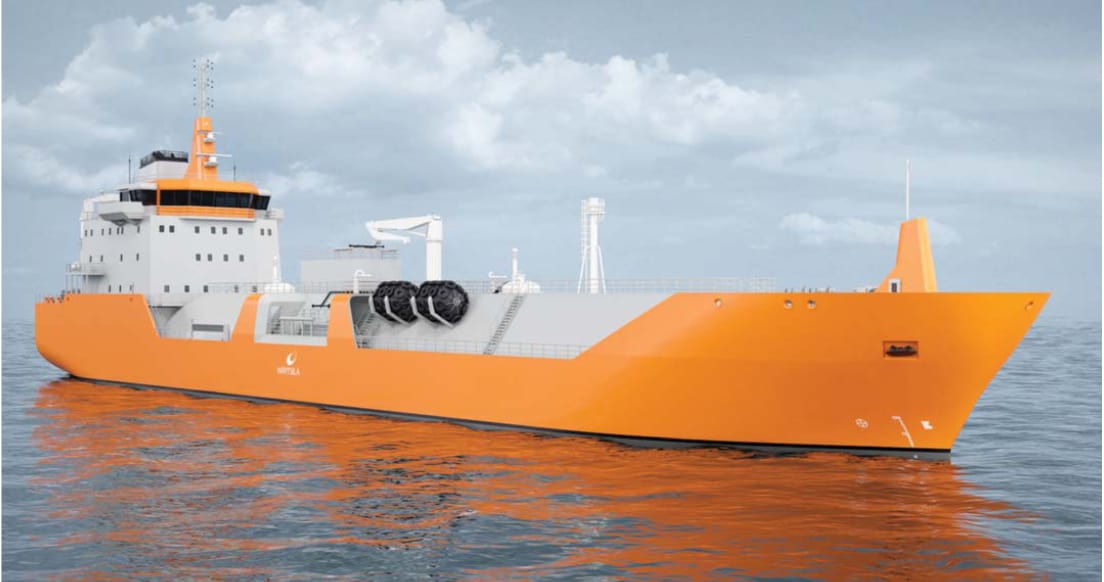
Furthermore, the construction of ships must be factored in with full LCA from mining to smelting of steel, processing and construction of the ships, as well as transport costs in CO2 emissions in addition to methane emissions, NOx and SOx. If it is calculated to use battery-powered ships, the entire climate burden from mining and construction of the battery packs must be factored in.
Hydrogen production requires too much energy, and gives little in return
NMF believes that hydrogen production as an alternative is not advisable, as it requires large amounts of energy for production. Hydrogen delivers only 30% compared to the input of energy in production,
If the energy comes from electricity production from, for example, offshore wind with an average effect of 36.5%, we will be left with 10% of the amount of energy compared to the installed effect of the wind turbines. We note that the drilling of a well has been calculated for start-up, but we expect that the cost will be far higher than what is presented in St.m33. There are several uncertainty factors associated with CCS: Costs during construction, where the costs easily may exceed what is budgeted and allocated. There is a risk that CCS will be unreasonably expensive to implement.
There is great uncertainty related to the risk of earthquakes. An increase in pressure in a reservoir can lead to earthquakes as a result of slippage/movement of the reservoirs.
Uncertainty regarding leakage of CO2 from the reservoirs.
We share Equinor's concern regarding the risk of leakage from the reservoirs.
Prediction of CO2 leakage from large CO2 stores https://ife.no/prosjekt/forutsigelse-av-co2-lekkasje-fra-store-co2-lagre/
The project under the auspices of Ife (Department of Energy Engineering) will investigate mechanisms for CO2 leakage from large CO2 stores in aquifers and reservoirs. CO2 is lighter than water and it is held in place in the reservoir by thick layers of dense sediments. Leakage through these dense sediments may be possible due to the formation of so-called "chimney" or pipe structures. These pipe structures (chimneys) are today observed in most sedimentary basins due to improved seismic observations. It is important to understand leakage through pipe structures with regard to the stability and safety of a CO2 reservoir over a long period of time. Source: Ife
The CO2 landfill collides with a 67-tonne mercury bomb
The government's Solberg flagship on carbon storage comes into conflict with the wreck of the German mercury submarine U-864 off Fedje in Vestland. How to achieve 0 emissions with 67 tonnes of mercury where CO2 is to be pumped into the seabed? The Langskip project has planned for terminals in Øygarden, and descent into reservoirs on the seabed, west of Fedje, exactly where the wreck of U-864 lies.
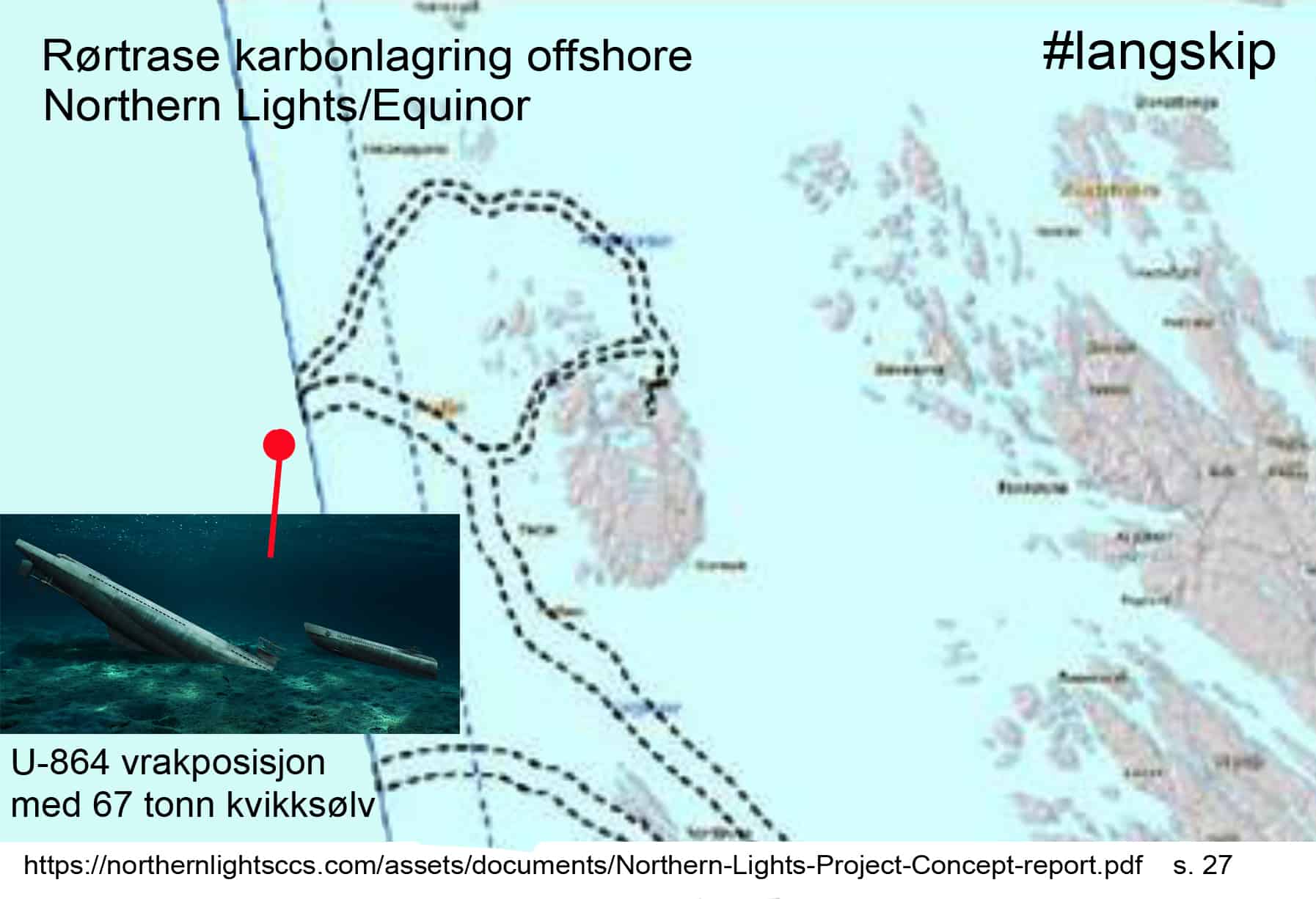
The Norwegian Environmental Protection Association believes that this conflict provides a strong lead for raising the wreck of U-864 and cleaning up and removing all the mercury from the wreck area. Covering the submarine hulls and the contaminated seabed would be very risky, as this area is intended for massive storage of CO2 in connection with the CCS project "Longship". Pipelines, wells and a network of drilling rigs will turn the hot area into a massive industrial area on the seabed with guaranteed pollution.
Read on page 27: https://northernlightsccs.com/assets/documents/Northern-Lights-Project-Concept-report.pdf
The NMF is also strongly critical of this co-location of climate industrial activities, underwater operations, the laying of pipelines etc, and a huge poison bomb consisting of 67 tonnes of mercury.
Read NMF's letter to Erna Solberg, Knut Arild Hareide and Tina Bru, where we warn against the conflict: http://984072-www.web.tornado-node.net/wp-content/uploads/2020/12/Advarsel_konflikt_U-864_CCS_Langskip.pdf
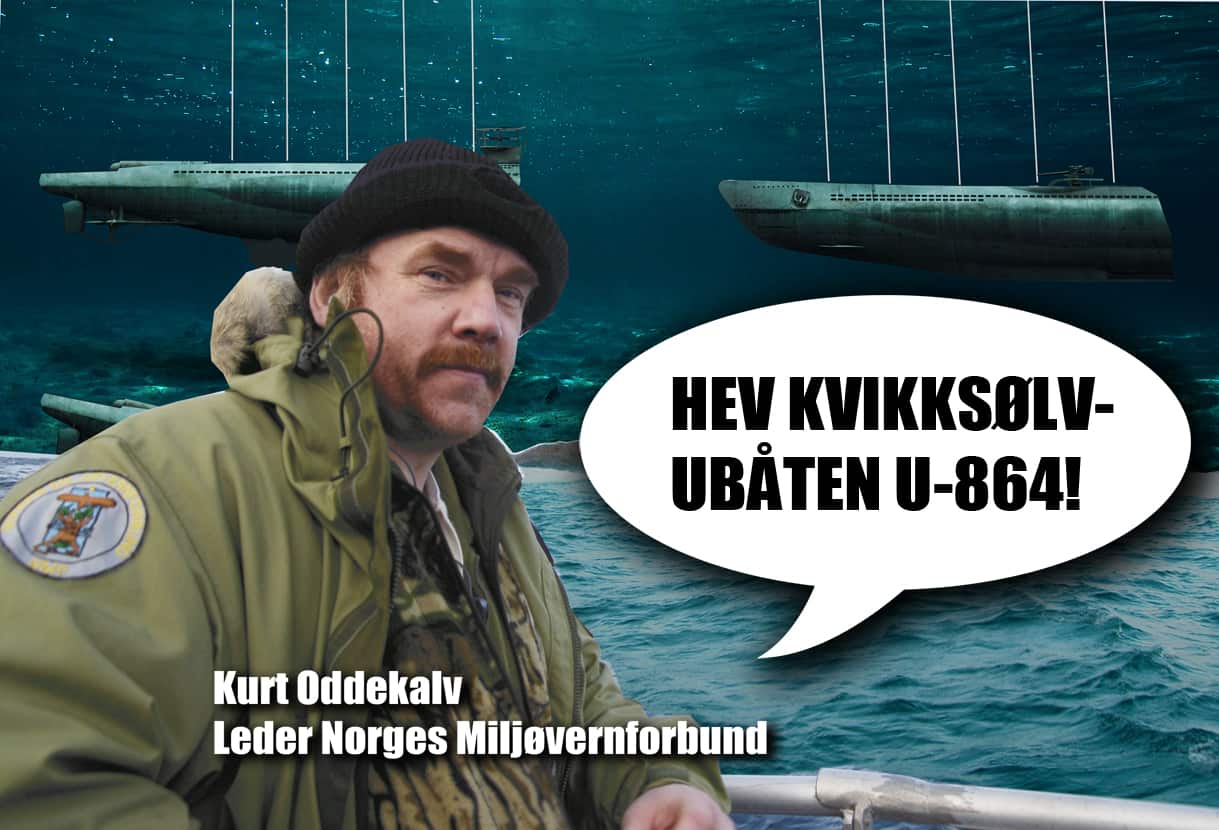
In the summary from the OED, emphasis is placed on the fact that other solutions can be found to reduce greenhouse gas emissions. NMF has suggestions for good alternatives to make CCS redundant:
Natural carbon stock is better than artificial.
The Norwegian Environmental Protection Association believes that it is more important and easier to take care of nature's own carbon store. Forests and especially bogs store large amounts of carbon. Peat bogs are the largest natural carbon store on earth; the area covered by near-natural peatland worldwide (> 3 million km2) stores 0.37 gigatonnes of carbon dioxide (CO2) a year – and stores more carbon than all other vegetation types in the world combined.
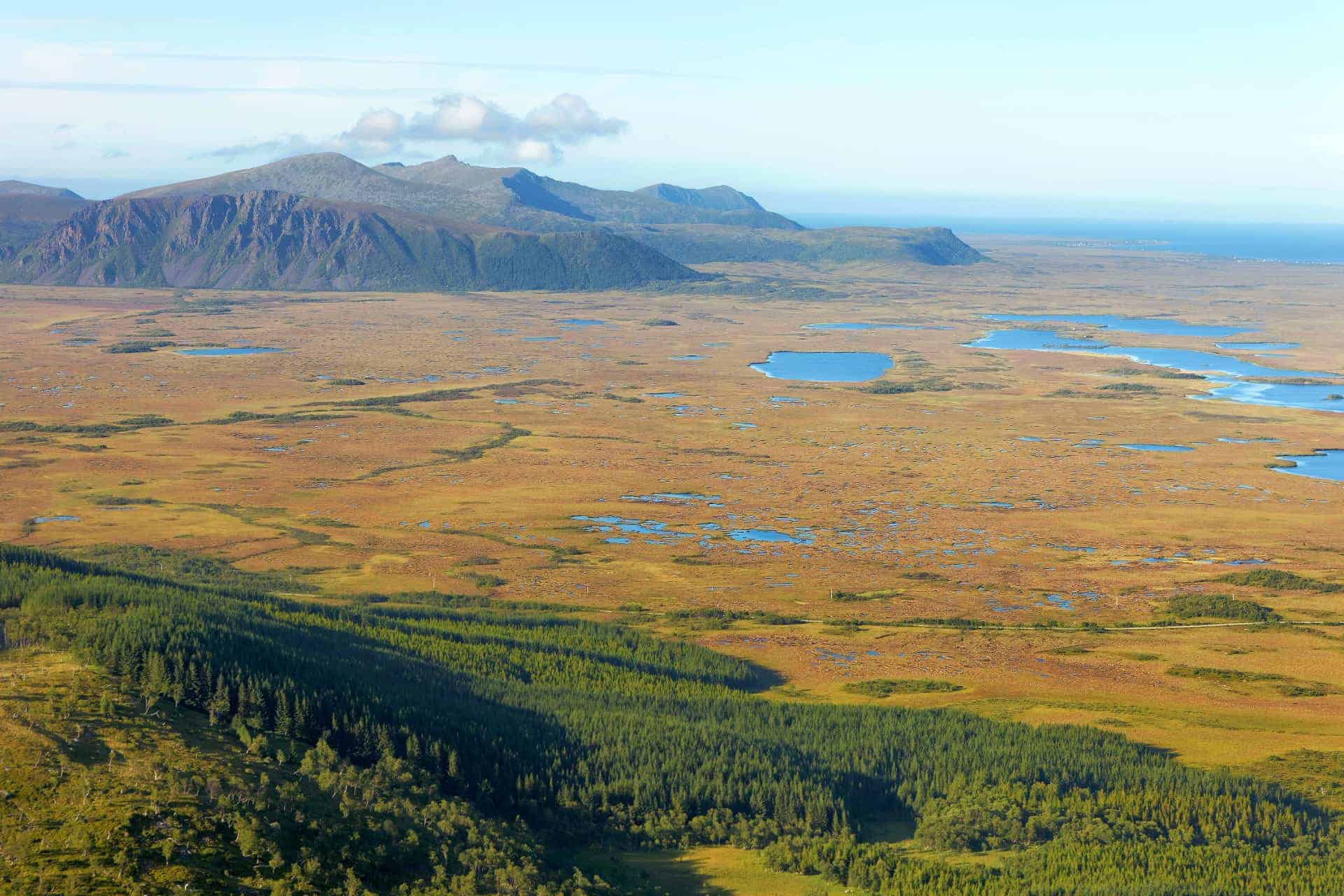
Andmyran in Nordland, Northern Europe's largest contiguous marsh area.
(Photo: Arnfinn Nilsen)
Source sorting and reduction in plastic production and waste incineration is a better and more sustainable solution than increasing waste incineration. Minimization of waste incineration, source sorters with fewer fractions of plastic. Phase out fossil plastics.
Source sorting of plastic and organic waste is better than CCS
It is better to sort organic waste, food waste can be used for composting and soil improvement and will increase the binding of CO2. Organic waste must not be burned in incinerators, but used for e.g. composting or bio-oils (Carbon-neutral/0-emission fuel).
District heating from waste incineration can be stopped, there are 0 emissions in heating wells 1,500 m deep that maintain 20 degrees, where water is pumped up to heat buildings with little natural fittings/10 m2. Correspondingly, 20-25 heating wells at a depth of 250m will require 4000 m2 of area.
Reduce the production of cement
Norway should work to reduce the use of cement, and find alternative building materials that can replace traditional cement/concrete (Portland cement). https://buildabroad.org/2016/09/27/ferrock/
Cement production has an enormous need for energy, which requires high combustion temperatures and which produces large CO2 emissions. CCS requires high material consumption and energy consumption.
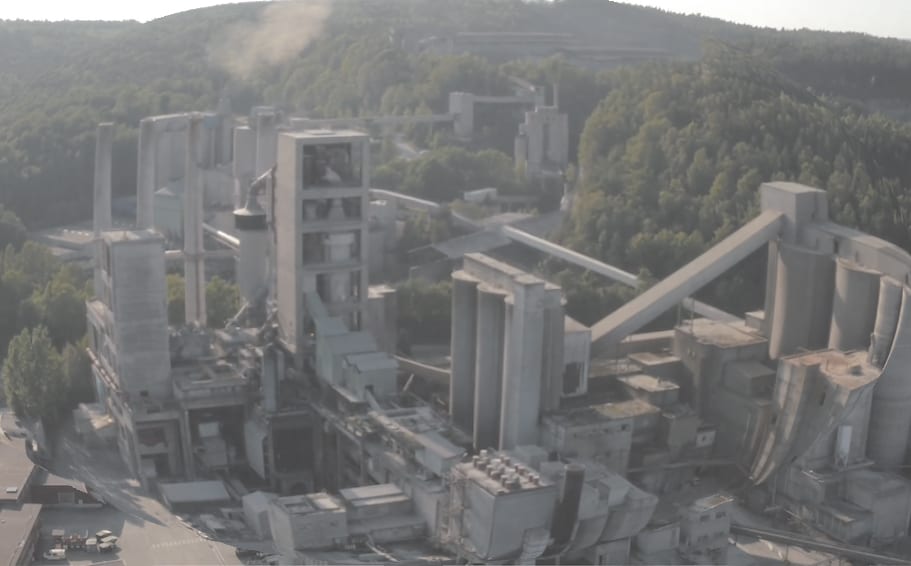
Norcem/Heidelberg cement factory in Brevik.
CCS is closely linked to waste incineration and cement production. Norway must become better at reusing materials and reducing the consumption of new materials, there will be preventive activities that reduce the climate footprint, material use, energy use and nature footprint. Today, huge quantities of concrete are used in road projects and in the wind power industry. There are better, more reasonable and secure solutions that are not a technological solution to a problem.
The conclusion is that we manage without CCS.
Download the Stortingsmelding Meld. St. 33 (2019–2020)
Longship - capture and storage of CO2 here:
See our consultation opinion in the Storting on 3 November 2020:



